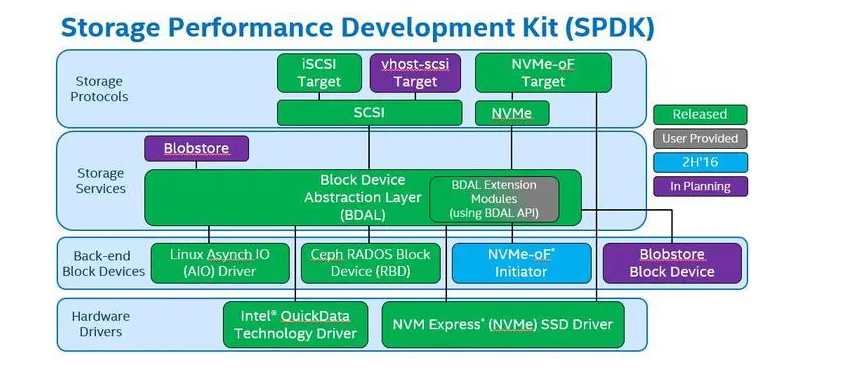要将 Go 语言中使用的 FFmpeg 链接转换为 WAV 缓冲区,可以使用以下代码示例:
package main
/*
#cgo CFLAGS: -I/usr/local/include
#cgo LDFLAGS: -L/usr/local/lib -lavformat -lavcodec -lswresample
#include <libavformat/avformat.h>
#include <libswresample/swresample.h>
int convertToWav(const char* inputFile, uint8_t** wavBuffer, size_t* bufferSize) {
av_register_all();
AVFormatContext *fmtCtx = NULL;
if (avformat_open_input(&fmtCtx, inputFile, NULL, NULL) != 0)
return -1;
if (avformat_find_stream_info(fmtCtx, NULL) < 0)
return -1;
int audioStreamIndex = av_find_best_stream(fmtCtx, AVMEDIA_TYPE_AUDIO, -1, -1, NULL, 0);
if (audioStreamIndex < 0)
return -1;
AVCodecParameters *codecParams = fmtCtx->streams[audioStreamIndex]->codecpar;
AVCodec *decoder = avcodec_find_decoder(codecParams->codec_id);
if (!decoder)
return -1;
AVCodecContext *decCtx = avcodec_alloc_context3(decoder);
if (!decCtx)
return -1;
if (avcodec_parameters_to_context(decCtx, codecParams) < 0)
return -1;
if (avcodec_open2(decCtx, decoder, NULL) != 0)
return -1;
SwrContext *swrCtx = swr_alloc();
// 输入参数设置
int in_channel_layout = decCtx->channel_layout;
int in_sample_rate = decCtx->sample_rate;
AVSampleFormat in_sample_fmt = decCtx->sample_fmt;
// 输出参数设置
int out_channel_layout = AV_CH_LAYOUT_STEREO;
int out_sample_rate = 44100;
AVSampleFormat out_sample_fmt = AV_SAMPLE_FMT_S16;
swr_alloc_set_opts(swrCtx, out_channel_layout, out_sample_fmt, out_sample_rate,
in_channel_layout, in_sample_fmt, in_sample_rate, 0, NULL);
swr_init(swrCtx);
AVPacket packet;
av_init_packet(&packet);
uint8_t *outputBuffer = NULL;
size_t outputBufferSize = 0;
while (av_read_frame(fmtCtx, &packet) >= 0) {
if (packet.stream_index == audioStreamIndex) {
int ret = avcodec_send_packet(decCtx, &packet);
if (ret < 0)
return -1;
AVFrame *frame = av_frame_alloc();
while (avcodec_receive_frame(decCtx, frame) == 0) {
const int MAX_SAMPLES = 8192; // 根据需要设置适当的值
uint8_t **convertedData;
av_samples_alloc_array_and_samples(&convertedData, NULL,
decCtx->channels,
frame->nb_samples,
out_sample_fmt,
0);
int samplesConverted = swr_convert(swrCtx,
convertedData,
frame->nb_samples,
(const uint8_t **)frame->data,
frame->nb_samples);
int dataSize = av_samples_get_buffer_size(NULL,
decCtx->channels,
samplesConverted,
out_sample_fmt,
1);
outputBuffer = realloc(outputBuffer, outputBufferSize + dataSize);
memcpy(outputBuffer + outputBufferSize, convertedData[0], dataSize);
outputBufferSize += dataSize;
av_freep(&convertedData[0]);
av_freep(&convertedData);
}
av_frame_free(&frame);
}
av_packet_unref(&packet);
}
*wavBuffer = outputBuffer;
*bufferSize = outputBufferSize;
swr_free(&swrCtx);
avcodec_close(decCtx);
avformat_close_input(&fmtCtx);
return 0;
}
void freeWavBuffer(uint8_t* wavBuffer) {
free(wavBuffer);
}
*/
import "C"
import (
"fmt"
"unsafe"
)
func main() {
inputFile := "/path/to/input.mp4"
var wavBuffer *C.uint8_t
var bufferSize C.size_t
ret := C.convertToWav(C.CString(inputFile), &wavBuffer, &bufferSize)
if ret < 0 {
fmt.Println("Failed to convert to WAV")
return
}
defer C.freeWavBuffer(wavBuffer)
output := make([]byte, bufferSize)
bufferPtr := unsafe.Pointer(wavBuffer)
copy(output, (*[1 << 30]byte)(bufferPtr)[:int(bufferSize):int(bufferSize)])
// 现在可以使用输出缓冲区 `output` 进行后续操作,例如保存到文件或处理音频数据
fmt.Println("Successfully converted to WAV")
}
请确保已安装 FFmpeg 并将相关的头文件和库链接正确。此示例代码将 MP4 文件转换为 WAV 缓冲区,并使用 Go 语言与 C 代码进行交互以调用 FFmpeg 函数执行转换操作。最后,通过从 wavBuffer 复制数据到 Go 字节切片中,可以访问生成的 WAV 数据。
注意:此示例可能需要根据您的具体需求进行调整。
内容由零声教学AI助手提供,问题来源于学员提问





















